All about the city of Niksic
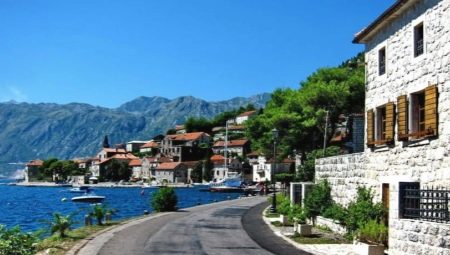
Before going on a trip, tourists want to know everything about the city they decide to go to. Niksic is the second most populous point in Montenegro. The city stands in the northwest of the country by the Zeta River. It rises 650 meters above sea level and is surrounded by picturesque lakes: Liverovichi, Slano, Krupets.
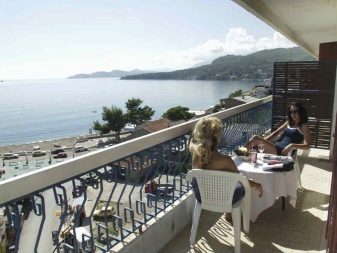
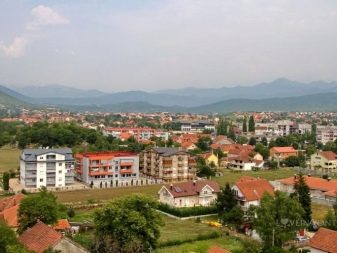
City `s history
Niksic was founded by the Roman military camp of Anderba, which stood in the 4th century at the junction of important roads. Later, already in the 5th century, the Anagastum fortress was erected on the site of the Ostrogoth camp. The Slavs who came to these places later renamed the city Onogosht. After the conquest of the Serbian lands by the Ottoman Empire, Niksic received the status of a large Turkish fortress. When Nikola I Petrovic-Njegos stood at the head of Montenegro, the Turks were expelled, the city gained freedom, and began to attract new settlers. During this time, it began to bear its modern name.

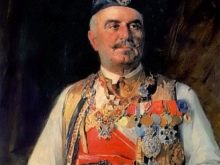
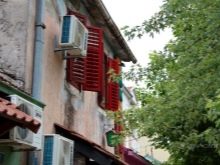
In 1883, the architect Josip Slade wrote a plan for the development of the city, which was dynamically implemented over the next thirty years: trade, production, culture and education were actively developing. By 1900, the main attractions of Niksic, the main square, were erected, and several parks were laid out. The Second World War badly battered the city, but it was reconstructed.
Over time, the population of Niksic has tripled, and it has become one of the key manufacturing centers of Montenegro.
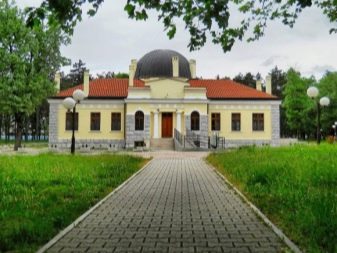
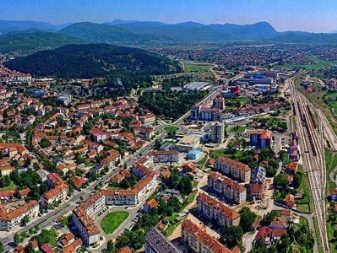
sights
There are quite a few attractions in Niksic, so you will definitely not be bored here.
Cathedral of St. Basil of Ostrog
One of the largest monuments of art, admiring with its snow-white beauty and majesty, which is accentuated by a wide stone staircase leading to the entrance to the temple.Expensive marble was used for the interior decoration of the building. After the First World War, a clock with a huge dial appeared on the bell tower of the temple.
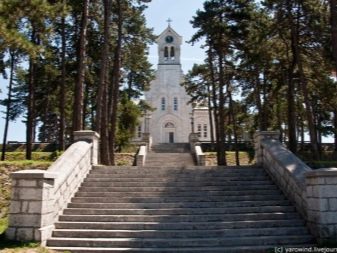

The cathedral was born in 1899 thanks to Tsar Nicholas II, and is dedicated to everyone who fought for the country's independence. Nowadays, the temple operates, and gathers a lot of parishioners on weekends. The cathedral, together with the surrounding park, forms an ensemble called "Saborna".
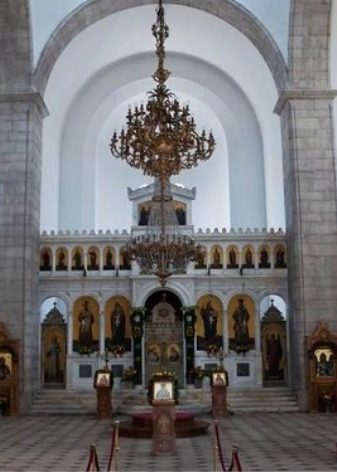
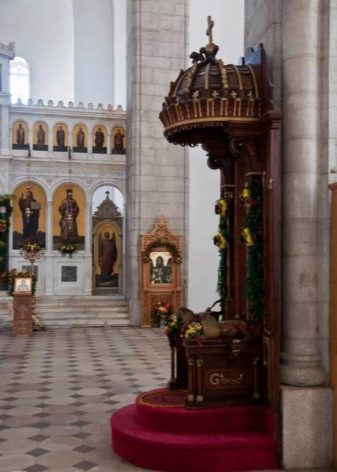
Museum of local lore
Initially, it was a palace ensemble owned by King Nikola I Petrovic-Njegos. It was only in 1951 that the former royal residence turned into a museum. One of its sections is devoted to exhibits illustrating the life and life of the ruler who lived here. In other rooms, you can see archaeological finds from the local cave Crvena Stena (Red Wall) collected in the collection. They tell about human life during the Paleolithic period.
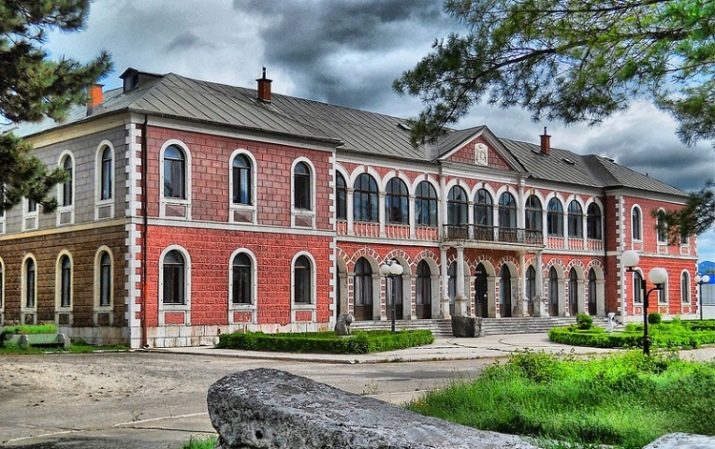
Tsarev bridge
Built of stone in 1894 with money from Tsar Alexander III, and named after him. The famous architect Josip Slade worked on the project of this masterpiece. The bridge is thrown across the Zeta River, and boasts an impressive length (270 meters) and a large number of spans (18). The length of the bridge is greater than the width of the river. This is explained by earlier there was a swamp, drained during the reign of Josip Broz Tito.
Today, a road has been laid across the bridge connecting Niksic with the southern villages.
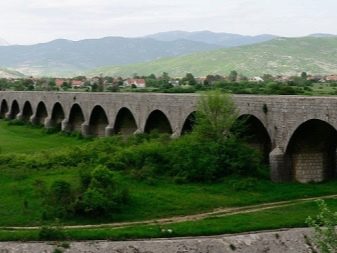
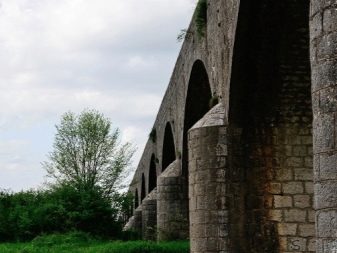
Red rock
Located on the left bank of the Trebishnitsa River. It is famous for the fact that primitive people settled in it. It can be called an important monument of the Paleolithic era. Archaeologists have discovered thirty-one cultural layers here, and have found more than five thousand artifacts.
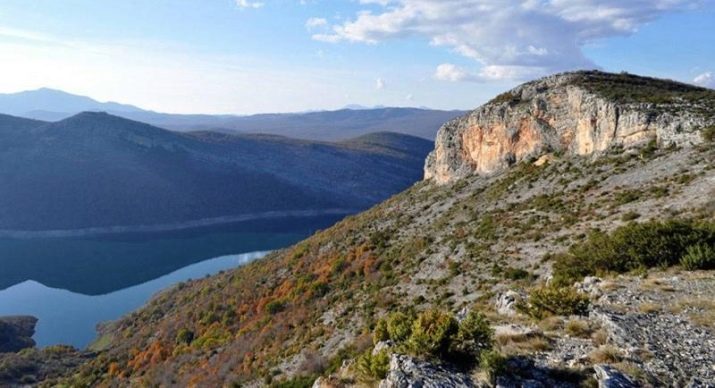
Lake Krupachko
Created artificially, using an embankment in the Niksici Valley. Now it is considered a large freshwater reservoir, receives water from springs and mountain streams. The lake is home to many species of fish, including rare ones. For tourists there is a convenient promenade and beaches, fishermen competitions are regularly held. In addition, the Lake Festival is held annually on the shore of the lake, where you can enjoy a variety of music.
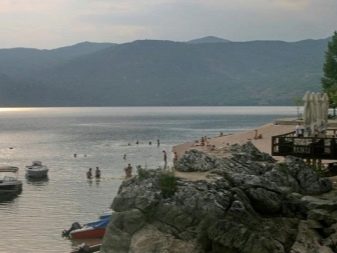
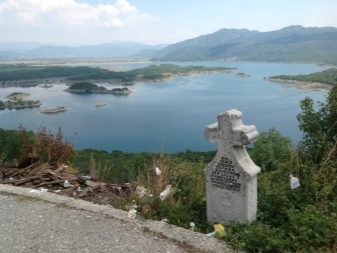
Sloboda Square
Located in the city center, it is one of the busiest places in Niksic, especially in the evenings. There are six streets in different directions from the square.
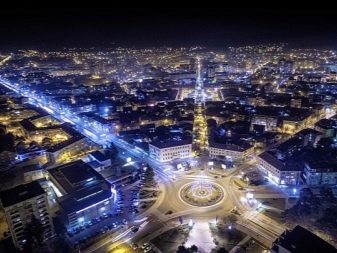
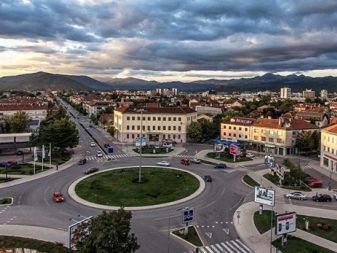
Church of the Holy Apostles Peter and Paul
Built in the 9th century, it is located in the Niksic cemetery. According to legend, the first Serbian patriarch, Saint Sava, served in it.
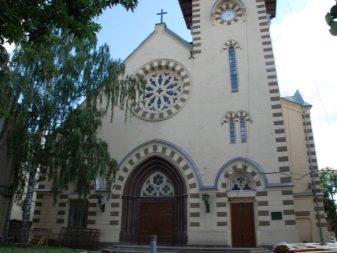
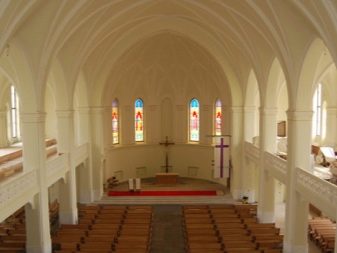
Zhupa monastery
Located a few kilometers from Niksic, on the left bank of the Gracanitsa River. No one can name the date of the founding of the monastery, one can only assume that it happened in the Middle Ages. According to the legend, initially the monastery stood on the right bank, but was destroyed by a rockfall from Mount Gradac. After that, it was restored by the princes Cherneevichs, but soon suffered again. The people dismantled the destroyed building, and moved it stone by stone to the other side of the river, where the church was re-erected and cells were erected.
In the 17th-18th centuries, the monastery was a key spiritual and cultural center of this region. From time to time, the Turks raided it, and at the beginning of the 19th century the monks (the monastery was male) left the monastery for almost half a century. In 1853, the church was put on fire by the Ottoman army punishers. During the difficult time of the Balkan War, an infirmary of the Russian Red Cross was opened here, which treated the fighters for independence. Later, the monastery was abandoned, part of it was set aside for a travel agency. In the nineties, the monastery was revived, but now it has become a female one.

Fortress Bedem
Bedem is the upper part of Niksic, which used to be the Roman Anagastum. Then there were the Slavs, and in the 18th century the settlement was conquered by the Turks. There they built this fortress. Many battles took place here, but today only ruins remain of the once great structure. They are protected by the state as a monument of culture and art.
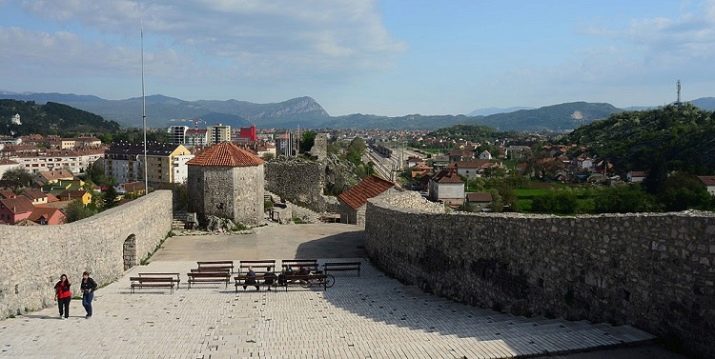
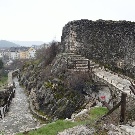
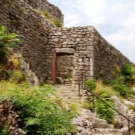
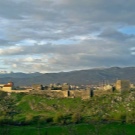
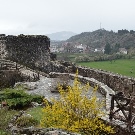
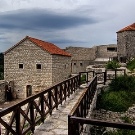
Trebes forest park
Located in the southeast of Niksic.In order to get into it, there are many paths for tourists and intricate paths leading to Mount Trebiesa. The forest park is famous for its rare fauna and flora, as well as springs flowing into the Mkroshnitsa River. For vacationers on the way to the mountain there are tennis and football courts and grounds.
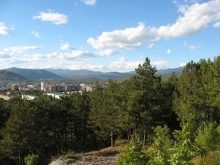
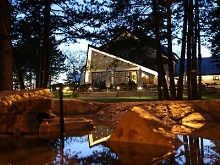
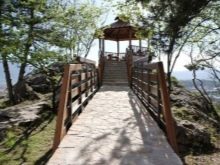
Weather in Niksic
The climate is temperate continental. If you plan to travel in winter, warm fur coats are not needed - the temperature, as a rule, does not drop below +5, there is never any frost here. As for summer, during this period the weather is very warm, but not too hot - about 25 degrees. Precipitation occurs in autumn and spring; in summer, it is extremely small.
It is recommended to come to Niksic from the end of spring and all summer, although we can say that the city does not lose its beauty in the winter season.
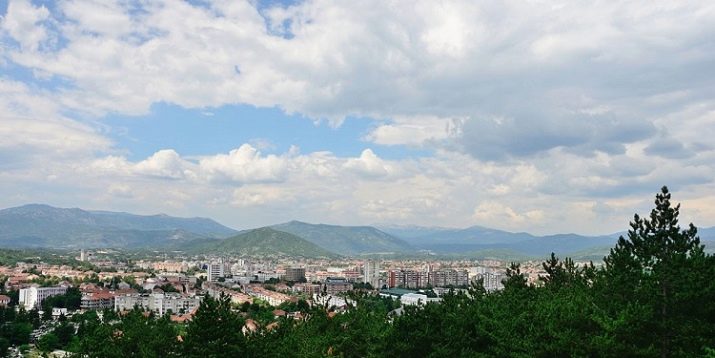
In the next video, you will find a walk around Niksic in Montenegro.








